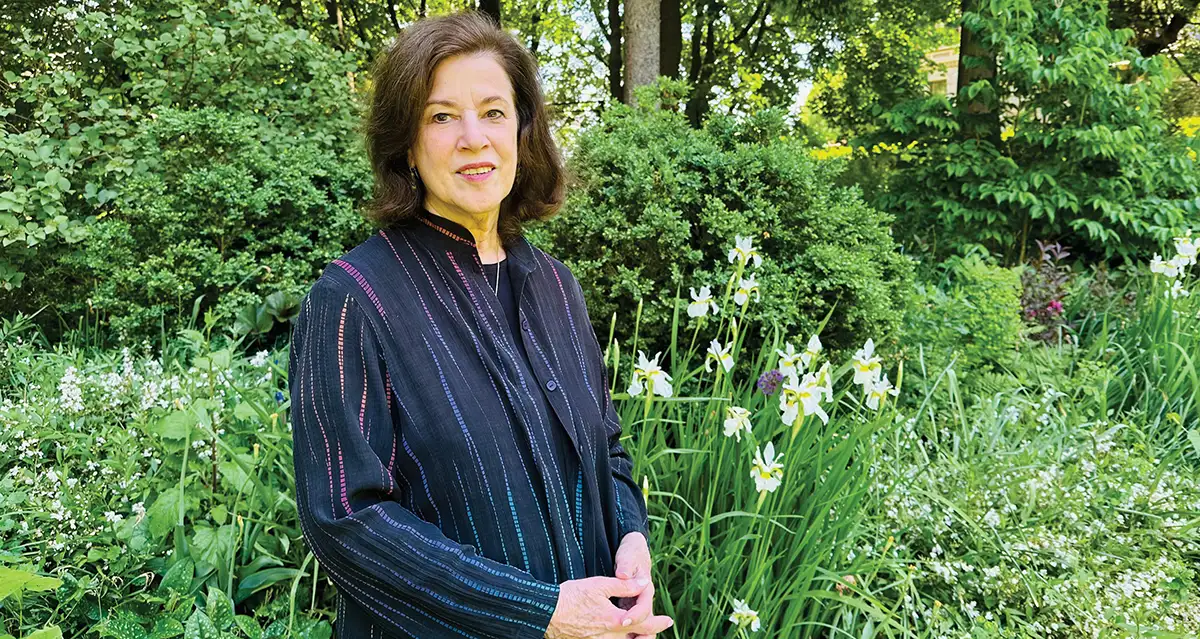A Journey of Discovery through the Teenage Brain

hen child development researcher and author Ellen Galinsky ’64 first became a parent, she was told something many new parents hear: “Just wait until he’s a teenager!” But are teens always so scary, difficult, and incomprehensible? Or can the teen years be filled with tremendous possibility for both parents and kids? In her new book, The Breakthrough Years: A New Scientific Framework for Raising Thriving Teens, called a “superb contribution to science and society” by Richard M. Lerner, founding editor of the Journal of Research on Adolescence), Galinsky offers evidence of the latter. The project spanned almost a decade during which Galinsky conducted three original studies, surveyed 1,666 adolescents and their parents twice, and interviewed dozens of neuroscientists in depth.
